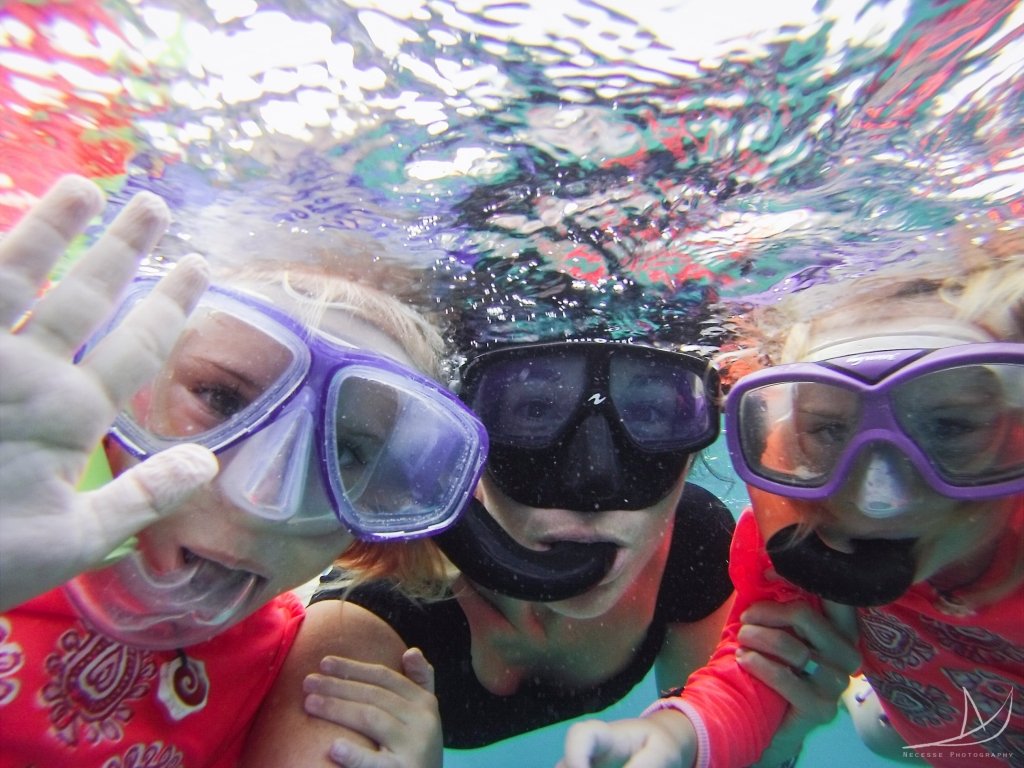
It seems that when faced with wild and exotic sea animals, most people lose all sense of decorum. They literally are in unfamiliar waters and don’t know how to act, other than excited.
Unfortunately, we are NOT exempt from this. We live on a sailboat, surrounded by water and sea life, and on occasion we have forgotten our own guidelines and let our inner child’s emotions and curiosity of see, touch, and experience, lead us rather than our logical selves.
Seeing nature’s beauty up close is a tantalizing thought, but people need to remember that even though swimming with wild dolphins might sound like a once in a lifetime experience that needs to be pursued, it may not be best for all involved.
Raising children on the water, we find it important to instil in them a certain ocean etiquette, so that they know how to keep themselves, and the creatures in their environment safe.
Knowledge and education is power.
With constant repetition of some simple ocean guidelines, we hope that it will be ingrained in them that the best way to interact with wildlife is in a non-invasive manner that will in no way stress the animals out.
Here are a few suggestions to keep you safe, happy, and humane during your aquatic adventure.
- Stay Relaxed. Chances are, if you are calm and composed you will see way more on your underwater escapades. Excessive noise, fast movements, and tons of bubbles will only scare animals away. If you can, try and stay still, “become one with the environment”. Be patient, invisible almost, and you may get the opportunity to see how sea life acts in its natural habitat.
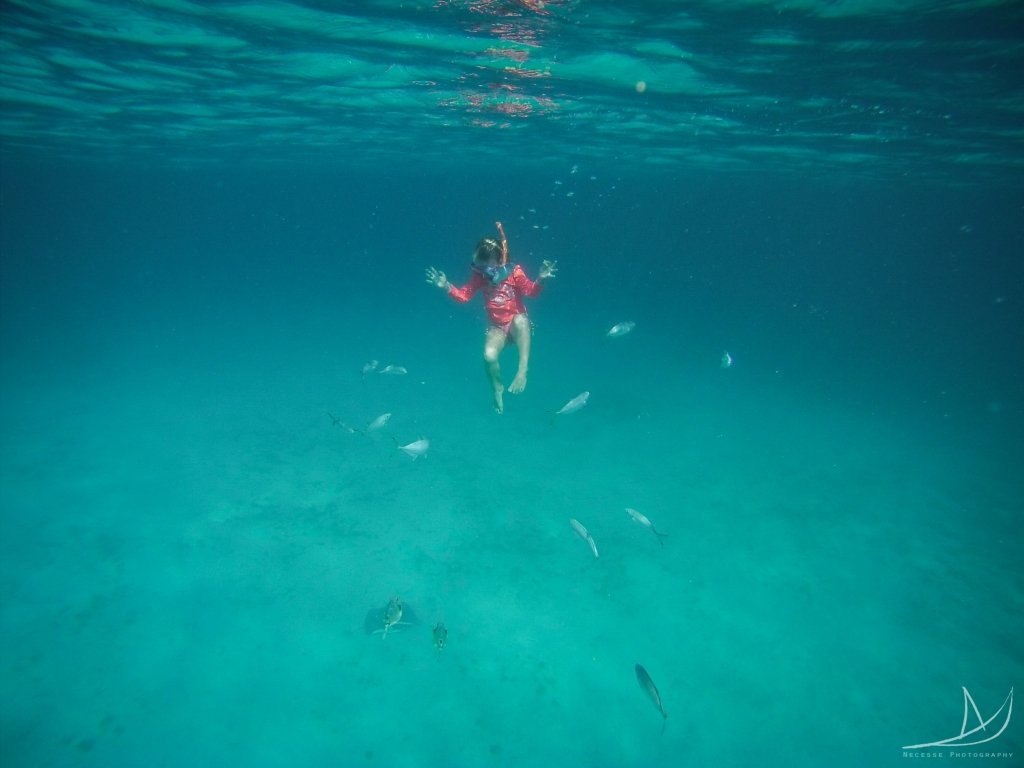
Stay still and let them come to you.
- When you spot an animal you would like to get a closer look at, the key is to move SLOW. The slower the better. Swim forward a tiny bit, and then pause. Make sure the animal sees you and is OK with your presence. If the animal goes on with its regular business than you can edge forward a little more. Swim forward a tiny bit, pause, and repeat. If the animal starts making any sort of quick, brisk movements, or seems uncomfortable with your presence, back away. This is key to staying safe.
- In no circumstance should you chase after the animal. First of all, they are sea creatures, water is their way of life; no matter how good of a swimmer you are, they are better. Second, how would you like it if someone double your sized kept bugging you while you were trying to eat or breathe, and following you where ever you went!?

- Where you are in the water can also effect your experience. NEVER get between a mother and its young (in the water or on land). This could cause the animal to become defensive, and you do not want to be stuck in that position. By floating right above a sea turtle, you could potentially be blocking its access to air. How cruel is that. Educate yourself as to what sea animals are in your surroundings and how you should best position yourself for a good viewing.
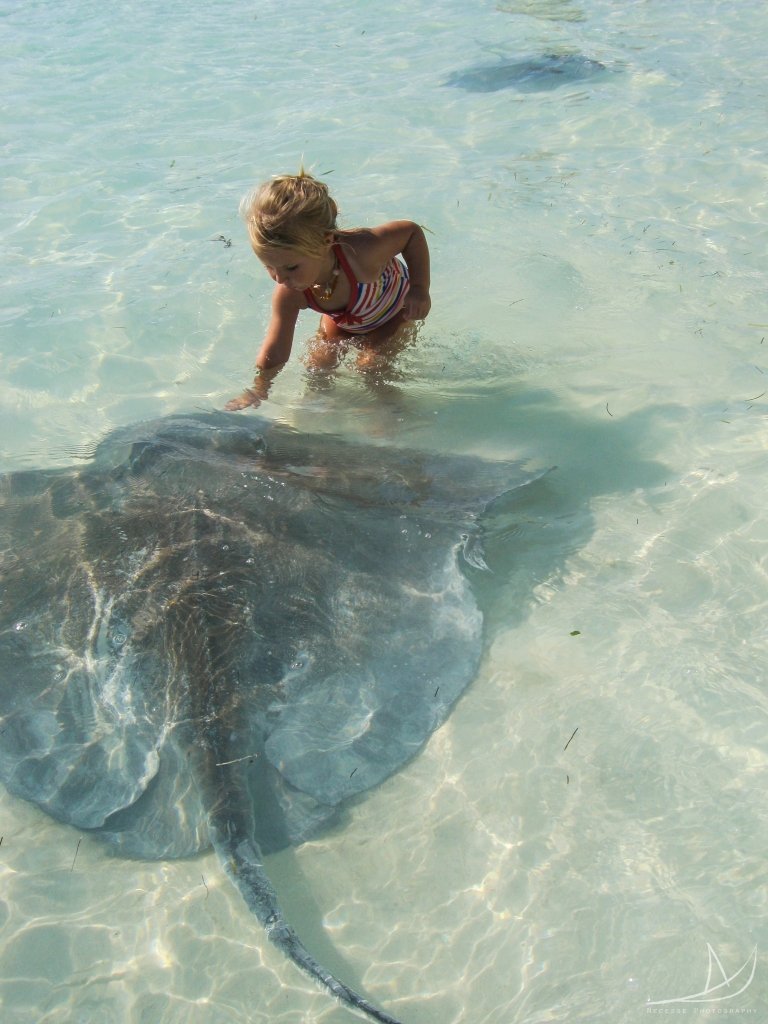
The stingrays in Georgetown, Bahamas show up to eat the left overs that the conch shack throws in. Over the years they have become domesticated. Arias was taught how to position herself so as to not surprise them, and to wait for them to come to her.
- In some places, feeding, or even attempting to feed marine animals is illegal. These laws are there, not to put a damper on your vacation, but rather to keep the animals and you safe. It can be harmful because:
-It causes the animals to become more accustomed to human presence and conditioned to receiving food from humans. They may begin to take bait from fishermen and put themselves in harms way. They may also put themselves in danger by increasing their risk of boat injuries, and entanglement in fishing gear.
-It changes their natural behaviour of feeding and migration, which will be passed on to their young.
-It could jeopardize their health if they are fed food that is old or spoiled, food they are unaccustomed to, or even things that are not even food at all.
-Lastly, they are WILD life, being fed, or teased with food, could cause them to become agitated and aggressive. Why put yourself in a predicament that could potentially be dangerous.
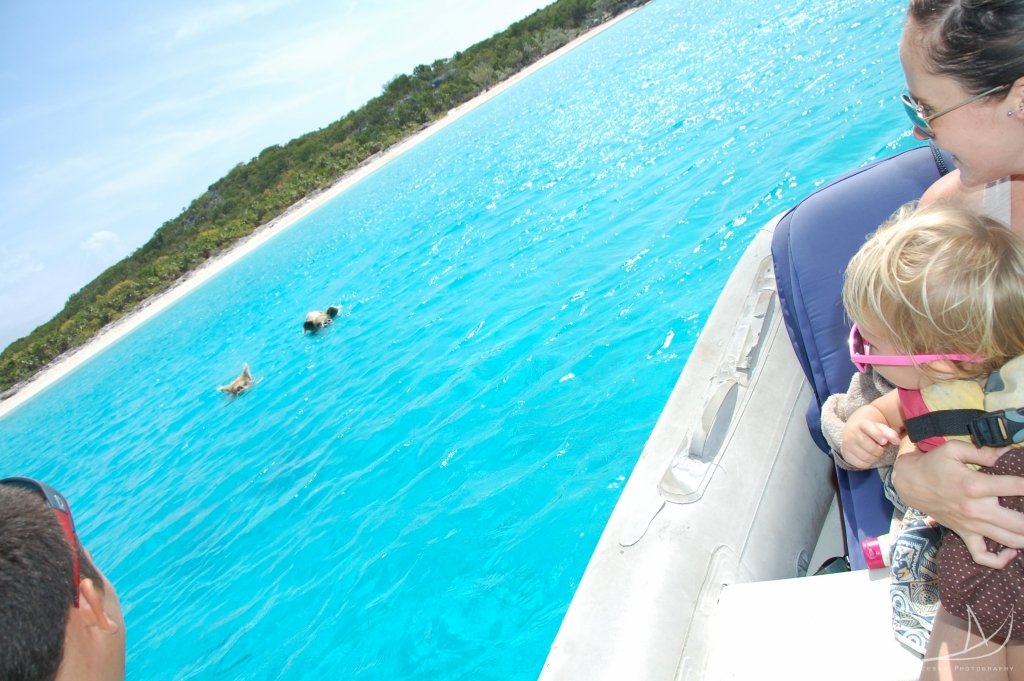
The swimming pigs in Staniel Cay, Bahamas are used to being fed and will swim over to any approaching boat. We didn’t let them get that close because we were scared their hoofs would puncture our inflatable dinghy (that have been known to try and climb in).
- Even out of the water, go slow. Ripping around the water in a boat could scare, and potentially harm any animals that are near the surface. This is a real issue when it comes to manatees and sea turtles. Remember, even if you are not in the water, they are. Engine propellers are a loud, scary, and a destructive thing to sea life.
- If you are not educated on how to handle an animal, then don’t. You could definitely harm it. Being poked and prodded while you are confined to someone’s hands is a nightmare to everyone. Leave it to the professionals, and/or let them show you how to do it properly.
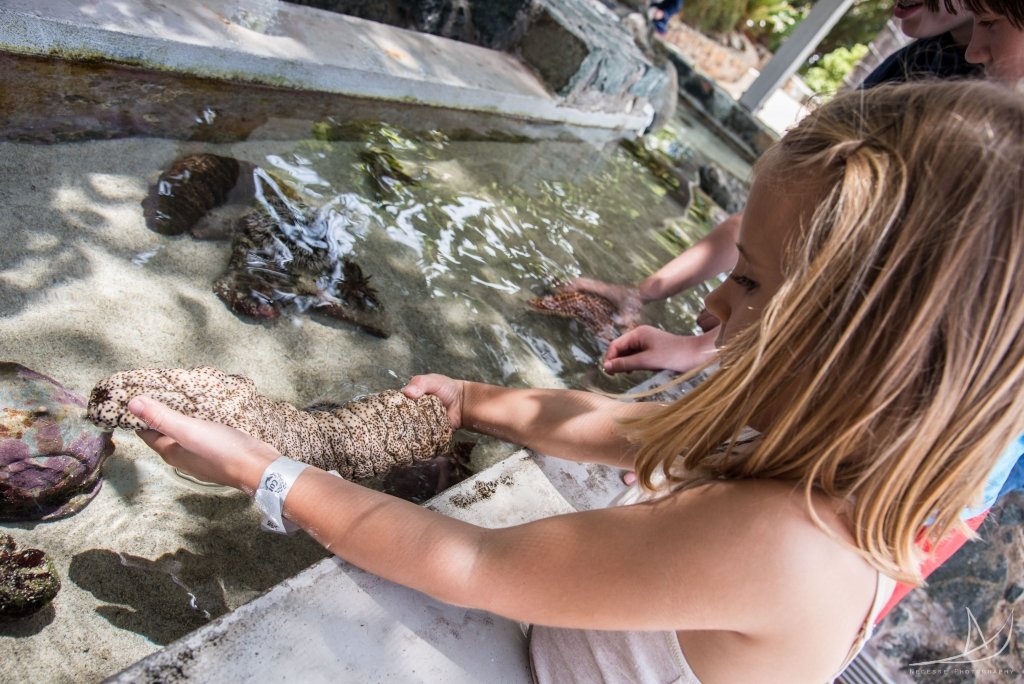
Arias learning about sea cucumbers under the guidance of a professional.
- Sea animals, like humans, have personalities of their own. You may get the rare opportunity to encounter a curious dolphin, or a friendly turtle (we have), but even in those situations, keep your decorum. You may also come across sea animals that have become accustomed to a human presence (mostly in tourist destinations), even then, be respectful. Stay relaxed, move slow, don’t chase, position yourself mindfully, and don’t feed them. Let the interaction happen but do not harass the animal, and once the animal is done with you, let the experience end there.

This dolphin swam around our sailboat for almost a full hour.
Following these simple suggestions will almost guarantee that you have an enjoyable aquatic adventure, get plenty of good pictures, and leave the water safe and feeling good about your experience.
_________________________________



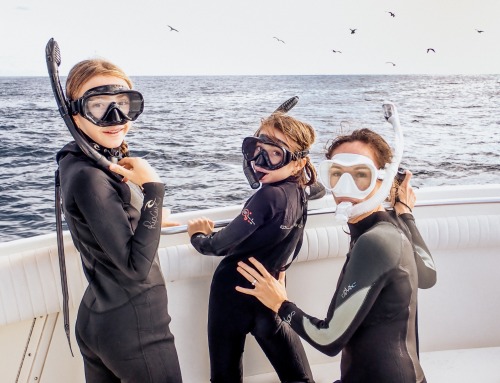

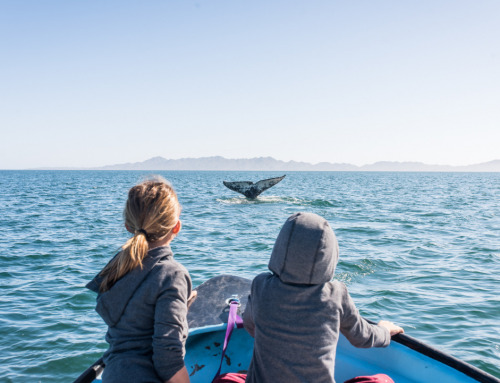
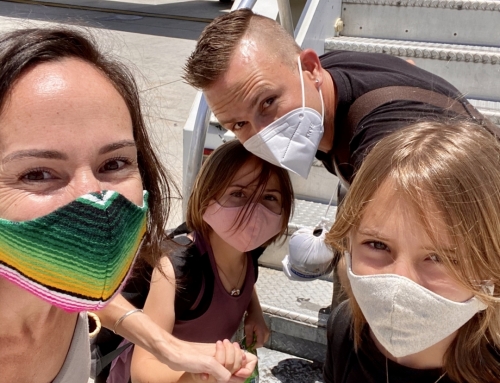
Leave A Comment